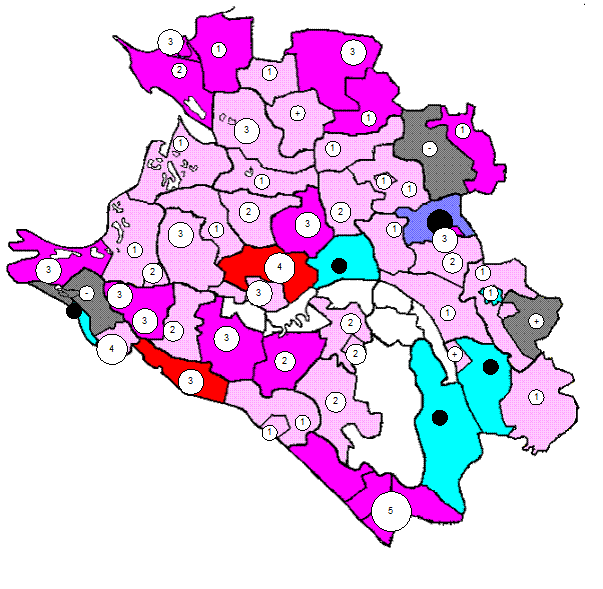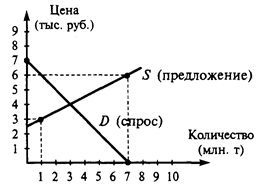Read this text and translate it.
What is biotechnology? The term "Biotechnology" (sometimes shortened to "biotech") consists of two parts. Bio is a Greek word for "life" and technology gives an indication of human intervention. Biotechnology can be based on the pure biological sciences (genetics, microbiology, animal cell culture, molecular biology, biochemistry, embryology, cell biology). Also its interests can be outside the sphere of biology (chemical engineering, bioprocess engineering, information technology, biorobotics). Biotechnology deals with brewing, manufacture of human insulin, interferon, and human growth hormone, medical diagnostics, cell cloning and reproductive cloning, the genetic modification of crops, bioconversion of organic waste and the use of genetically altered bacteria in the cleanup of oil spills, stem cell research and much more. As a matter of fact, biotechnology is very ancient. Six thousand years ago, micro-organisms were used to brew beers and to produce wine, bread and cheese.Yeast makes dough rise and converts sugars into alcohol. Lactic acid bacteria in milk create cheese and yoghurt. This application of biotechnology is the directed use of organisms for the manufacture of organic products (examples include beer and milk products). In this way, classical biotechnology refers to the traditional techniques used to breed animals and plants, as well as to the application of bacteria, yeasts and molds to make bread or cheese. Modern biotechnolog y came into being during the nineteen seventies. Ithas often been divided into several categories; every field of this science is sometimes connected with the definite color. Green biotechnology is biotechnology applied to agricultural processes. An example would be the selection and domestication of plants via micro propagation. Another example is the designing of transgenic plants to grow under specific environments in the presence (or absence) of chemicals. One hope is that green biotechnology might produce more environmentally friendly solutions than traditional industrial agriculture, although this is still a topic of considerable debate. Red biotechnology is applied to medical processes. Some examples are the designing of organisms to produce antibiotics, and the engineering of genetic cures through genetic manipulation. White biotechnology, also known as industrial biotechnology, is biotechnology applied to industrialprocesses. An example is using naturally present bacteriaby the mining industry in bioleaching; so it is thedesigning of an organism to produce a useful chemicalordestroy hazardous/polluting chemicals. Whitebiotechnology tends to consume less in resources thantraditional processes used to produce industrial goods. Blue biotechnology is a term that has been used to describe the marine and aquatic applications of biotechnology, but its use is relatively rare. Bioinformatics is an interdisciplinary field which addresses biological problems using computational techniques, and makes the rapid organization and analysis of biological data possible. Bioinformatics plays a key role in various areas, such as functional genomics, structural genomics, and proteomics, and forms a key component in the biotechnology and pharmaceutical sector. In conclusion biotechnology can be referred to any technological application that uses biological systems, living organisms, or derivatives thereof, to make or modify products or processes for specific use.
|




